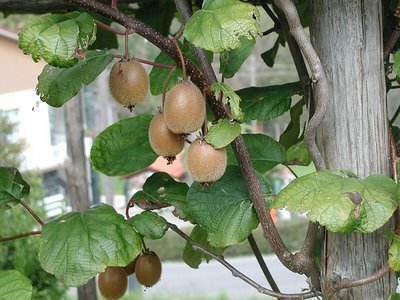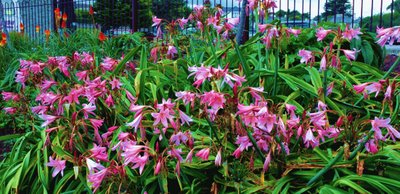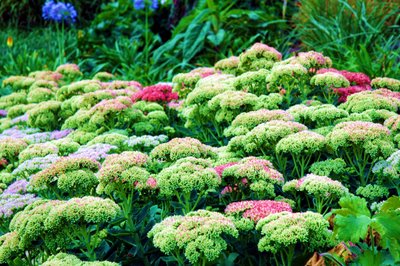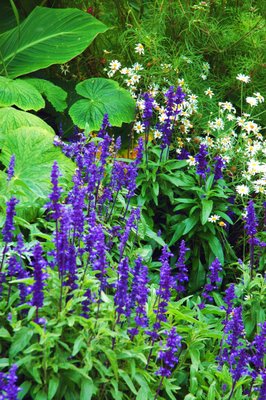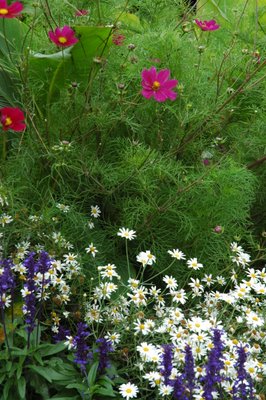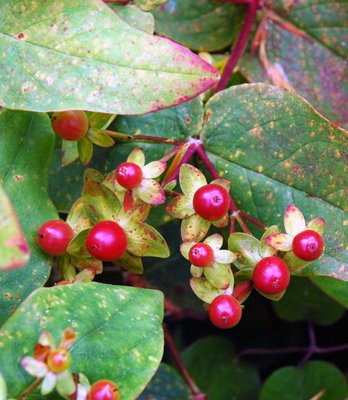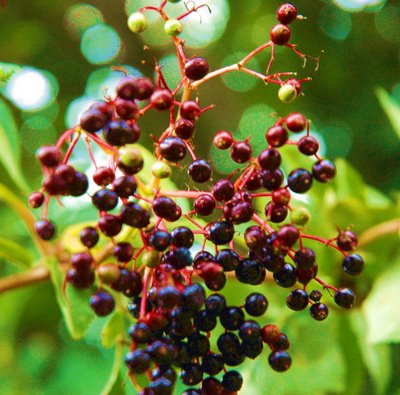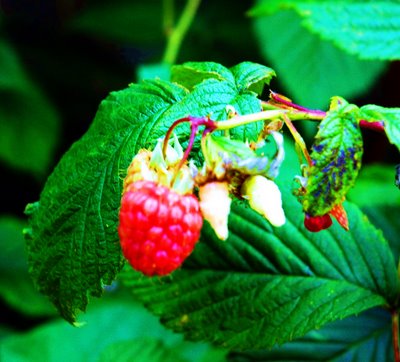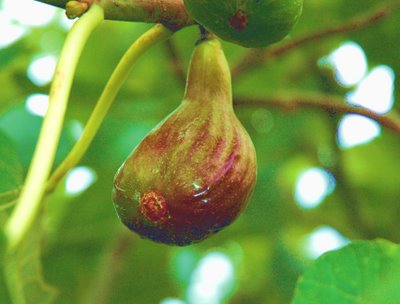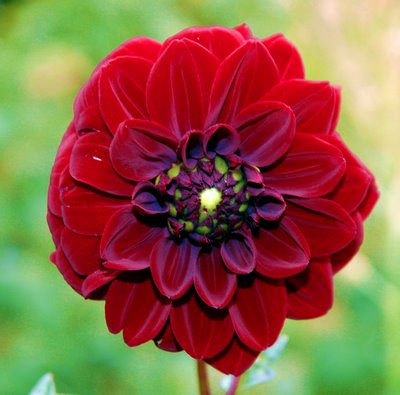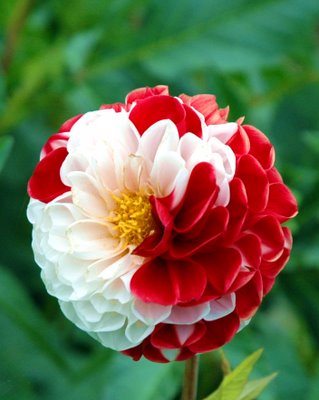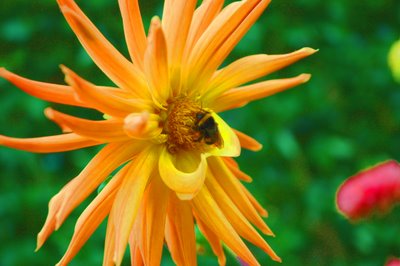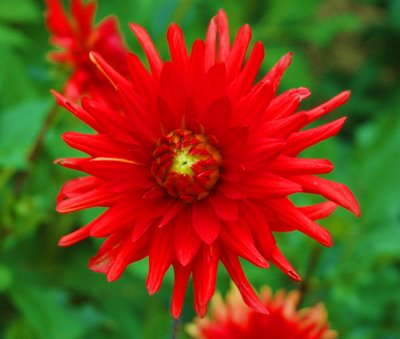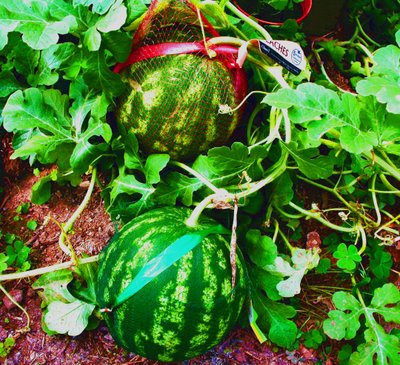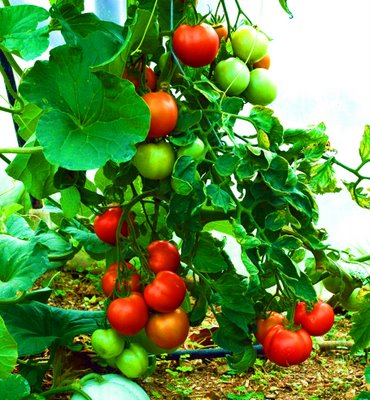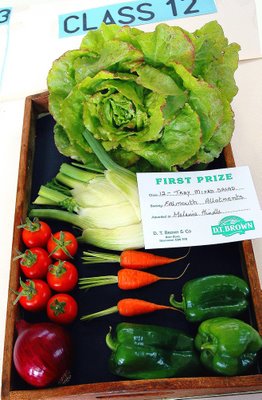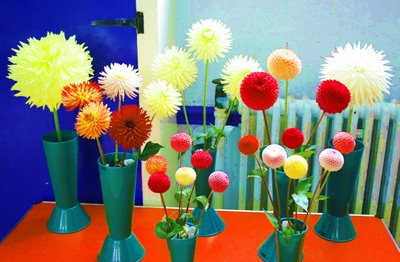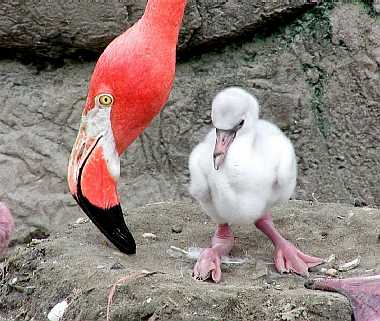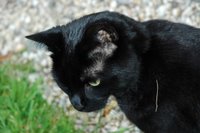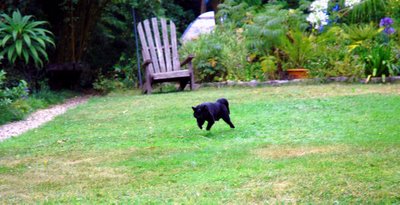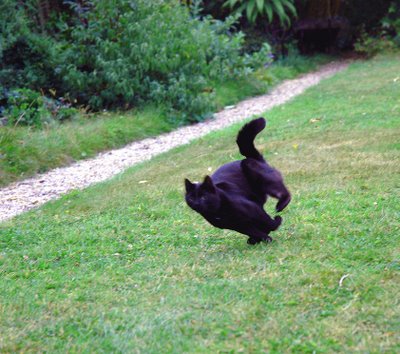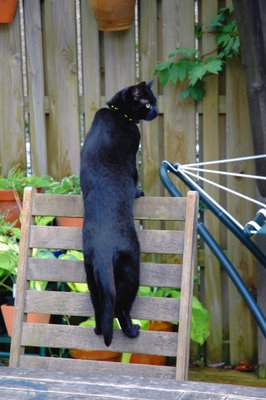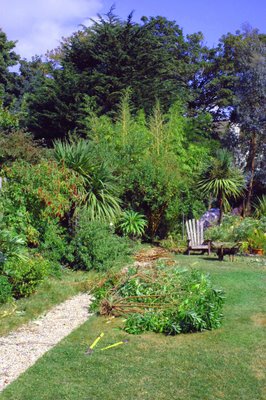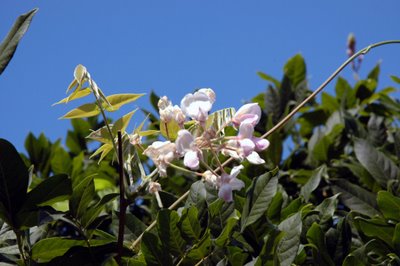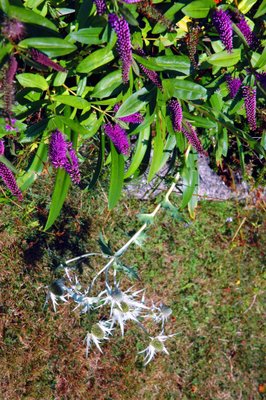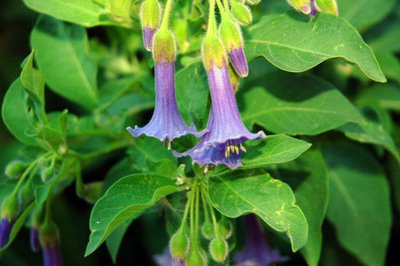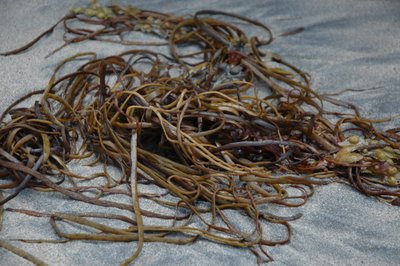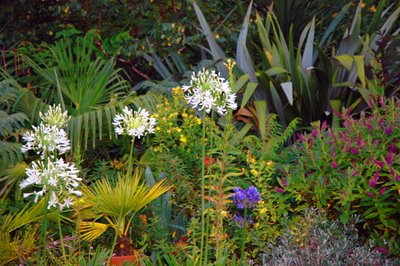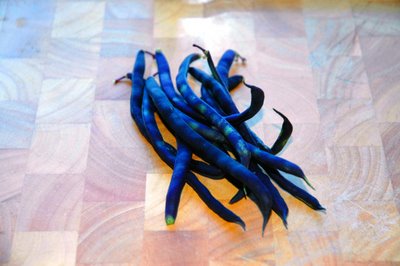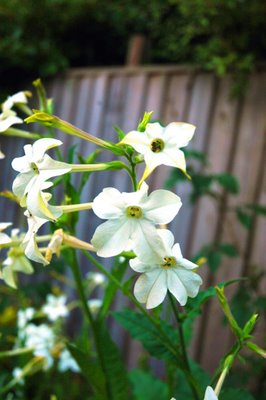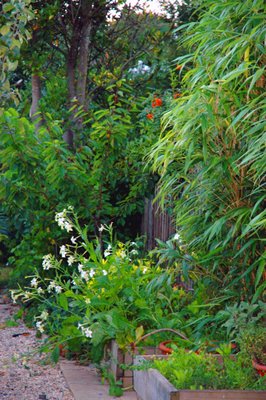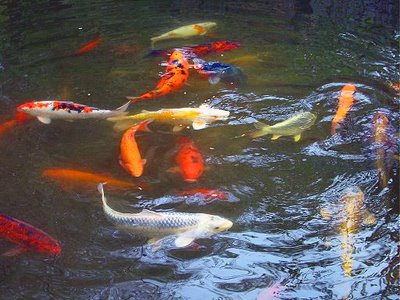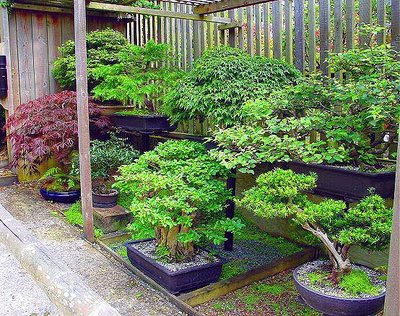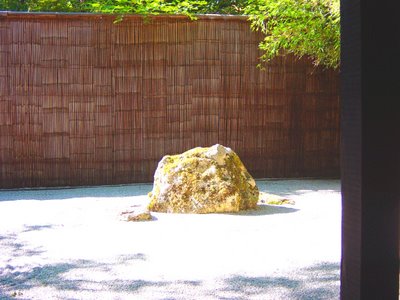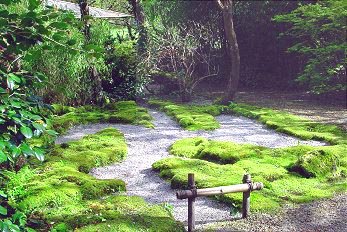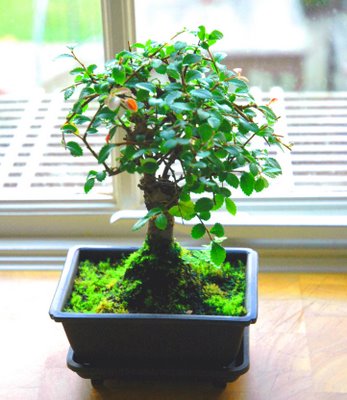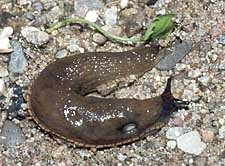 I love many things.
I love many things.Slugs are not one of them.
This is due to the swift damage they inflict on tiny, tender, or tasty plants: lettuces, lilies, lupins, dahlias, delphiniums, hostas, horseradish and sunflowers. And that’s just for starters.
Slugs are voracious, feeding machines. They are fierce and focused. They roam gardens in large packs, terrorizing their victims by night. They have a one track mind – food.
I know they cannot help themselves. It’s as if they have an eating disorder. They can’t just nibble a few leaves and go home, under a rock somewhere. My garden is a Smorgasbord, an All You Can Eat All Night establishment.
They have no shame. You will never see a skinny slug in Cornwall.
They can achieve mammoth proportions. I once met a big, beafy slug, six inches long. When I tried to take his photo, he grabbed my camera, ripped out the film and told me to get lost. I didn’t have to be told twice.
Even the cat is afraid of them.
Some slugs eat meat. I don’t know how I reached the age of 40, thinking that slugs were vegetarians.
I had nightmares for a week after hearing that. Just think, if you died suddenly in Death Valley, your body might be eaten by some sort of carrion eating bird or a scorpion or two. But if I pop my socks in my own back garden, with no one finding me for a day or two, it will be the slugs who get me.
They are also cannibals. I have heard that if you snip a slug, his mates rush over to finish him off. I have never seen this spectacle myself, but nothing surprises me anymore.
They don’t like me. I can tell. I don’t blame them really. I have resorted to every method known to man to reduce their presence in my garden. I may have won the odd skirmish, but they have won the war. There is just too many of them.
But hope does spring eternal.
It is an annual traditional in my garden for the slugs to eat ALL my sunflowers.
But fool that I am, I was weak and bought a few more at the garden centre a few weeks ago.
I have heard and read a lot about coffee being an effective deterrent – I have included a few links if anyone is interested.
Earth EasyNew ScientistSelf Sufficient - ish
I have put the plants into pots. I have put them up on the deck (the slugs aren’t keen on the decking). And I have been sprinkling them regularly with coffee – either a light sprinkle of instant or using the grounds from the pot. I have also sprinkled a circle of coffee around the base of the pots.
I feel as though I am protecting them from vampires. I have visions of the slugs circling my succulent baby sunflowers, hissing hideous things to them.
But, so far so good. The coffee seems to be working. I know this is very subjective and anecdotal. It is also possible that I bought some weird, genetically modified sunflowers that slugs don’t like. Maybe I will look out in the morning and find they have been cruelly cut down to their little stubs. They were about two feet high this evening when I last saw them. Wish them luck.
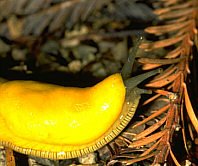 Not everyone dislikes slugs. I was intrigued to read that students at University of California at Santa Cruz have just elected the Banana Slug (which are gigantic and bright yellow) as their official mascot.
Not everyone dislikes slugs. I was intrigued to read that students at University of California at Santa Cruz have just elected the Banana Slug (which are gigantic and bright yellow) as their official mascot.
I know of many ways to kill a slug. I won’t use chemicals, so I have to think creatively.
Does anyone out there have horror stories of, views on or feelings for slugs? Drop me a line.
Myrtle x x x
P. S. Great photos at Middle-fork.org




